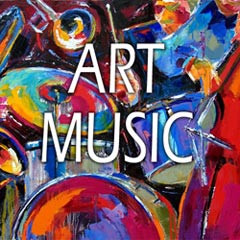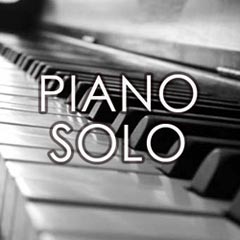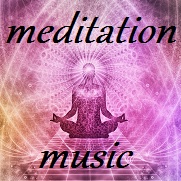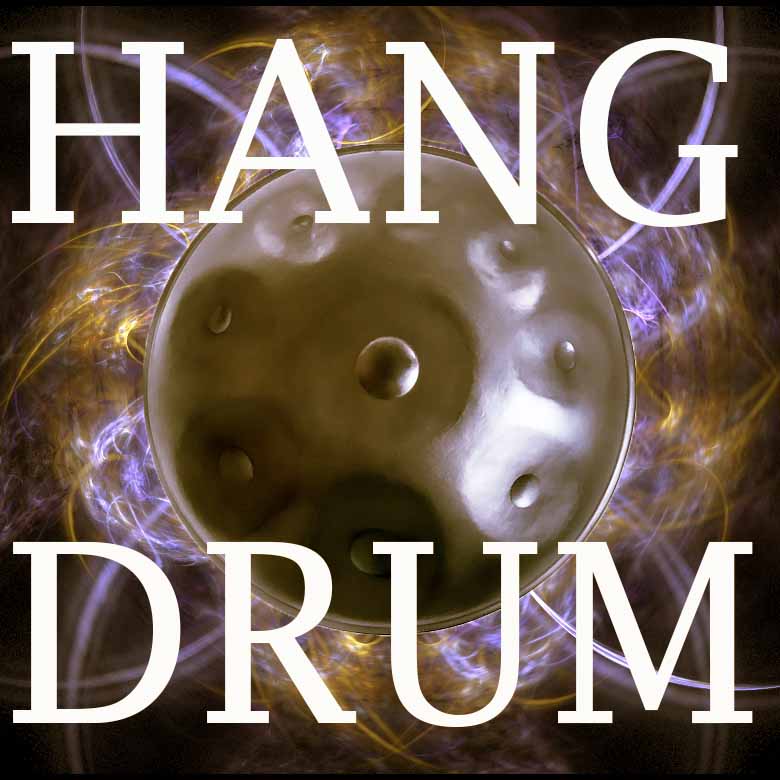Classical music
Structured and conceptually advanced music, where the written music is imbued with the beauty of the sounds from all the orchestral instruments. Classical music is the heart of music. It began to be composed in 1750-1830 by different artists like Wolfgang Amadeus Mozart, Joseph Haydn, and Ludwig van Beethoven. Classical music is a term that refers to different music genres related to structural and theoretical considerations. Classical music is a genre of music that has captivated audiences for centuries. It has stood the test of time to remain one of the longest ongoing forms of popular music, showcasing impressive works by some of history's great composers. This timeless art form contains many intricacies that sets it apart from other genres: the use of composed melodies, sharp rhythm, and intricate instrumentation create majestic pieces of organized sound. The complexity of this music allows it to capture emotion and convey meaningful messages, making for an effortless preservation in knowledge and culture. Classical music can stimulate intellectual development and evoke powerful emotions from those who take in its brilliance. Listen to the best classical music tracks on our playlist. This page features some of the most beautiful and timeless pieces ever written. Staimusic offers a wide variety of classical music for your l
Classical Music: A Timeless Art Form
Classical music is a term that encompasses various music genres that are related to structural and theoretical considerations. It is an art form that has stood the test of time, captivating audiences for centuries. Brilliantly crafted by some of history's greatest composers, such as Wolfgang Amadeus Mozart, Joseph Haydn, and Ludwig van Beethoven, classical music is a genre that has firmly established itself as a cornerstone of the musical world.
The Body:
One of the defining features of classical music is the structure that underpins its compositions. Each piece is a meticulously crafted work of art, centered around specific themes that are developed throughout the piece. The music is imbued with the beauty and complexity of the sounds from all the orchestral instruments. It is a genre of music that has something to offer everyone, regardless of taste.
The use of composed melodies, sharp rhythm, and intricate instrumentation create majestic pieces of organized sound that touch the hearts of listeners. The beauty of the music is its complexity, allowing it to capture emotion and convey meaningful messages, making for an effortless transition into the realms of the subconscious mind.
Classical music is often associated with the ambiance of grand concert halls and opera houses, where performers take to the stage in formal attire, and the audience is expected to dress accordingly. However, classical music has evolved over time and has been adapted to suit modern sensibilities. There are now many ways to experience classical music that cater to a wider audience. For example, there are concerts that are designed to be family-friendly, including performances that feature pop-culture-inspired music while still fitting within the classical genre.
Classical music has also made its way into popular culture, featuring in films, TV shows, and video games. Its presence in these mediums has even given rise to the creation of symphony orchestras dedicated to performing film scores live in concert, transcending the preconceptions surrounding classical music and bringing it to new audiences.
Classical music is an art form that continues to flourish, offering listeners a glimpse into the minds and talents of some of the world's greatest musical geniuses. The beauty of this genre lies in its immense complexity, with every note and beat carefully crafted to create a breathtaking masterpiece of sound. It is a timeless form of expression that has stood the test of time and remains a cornerstone of the musical world. Whether it's for relaxation or inspiration, classical music has something to offer everyone and is definitely worth exploring.
Classical Music: A Timeless Art Form
Classical music is a term that encompasses various music genres that are related to structural and theoretical considerations. It is an art form that has stood the test of time, captivating audiences for centuries. Brilliantly crafted by some of history's greatest composers, such as Wolfgang Amadeus Mozart, Joseph Haydn, and Ludwig van Beethoven, classical music is a genre that has firmly established itself as a cornerstone of the musical world.
The Body:
One of the defining features of classical music is the structure that underpins its compositions. Each piece is a meticulously crafted work of art, centered around specific themes that are developed throughout the piece. The music is imbued with the beauty and complexity of the sounds from all the orchestral instruments. It is a genre of music that has something to offer everyone, regardless of taste.
The use of composed melodies, sharp rhythm, and intricate instrumentation create majestic pieces of organized sound that touch the hearts of listeners. The beauty of the music is its complexity, allowing it to capture emotion and convey meaningful messages, making for an effortless transition into the realms of the subconscious mind.
Classical music is often associated with the ambiance of grand concert halls and opera houses, where performers take to the stage in formal attire, and the audience is expected to dress accordingly. However, classical music has evolved over time and has been adapted to suit modern sensibilities. There are now many ways to experience classical music that cater to a wider audience. For example, there are concerts that are designed to be family-friendly, including performances that feature pop-culture-inspired music while still fitting within the classical genre.
Classical music has also made its way into popular culture, featuring in films, TV shows, and video games. Its presence in these mediums has even given rise to the creation of symphony orchestras dedicated to performing film scores live in concert, transcending the preconceptions surrounding classical music and bringing it to new audiences.
Classical music is an art form that continues to flourish, offering listeners a glimpse into the minds and talents of some of the world's greatest musical geniuses. The beauty of this genre lies in its immense complexity, with every note and beat carefully crafted to create a breathtaking masterpiece of sound. It is a timeless form of expression that has stood the test of time and remains a cornerstone of the musical world. Whether it's for relaxation or inspiration, classical music has something to offer everyone and is definitely worth exploring.
2023-05-11
The definition and the growth of classical music
Defining the term classical music won’t be easy. Comprises the wide range of different music, various instrumentation, and style, classical music can be considered as the western culture product which changed over time...read more
Tag: classical music, art music, J.S Bach, Vivaldi, W.A Mozart
2023-01-18
What Emotion Can Violin Represent in a Composition? The importance of violin in classical music
Violin is a very emotional instrument, one of the most important in classical music. It can represent many different emotions in a composition, from happy and cheerful to sad and mournful...read more
Tag: classical music, violin, composition, mozart, vivaldi
What are you thinking about?





